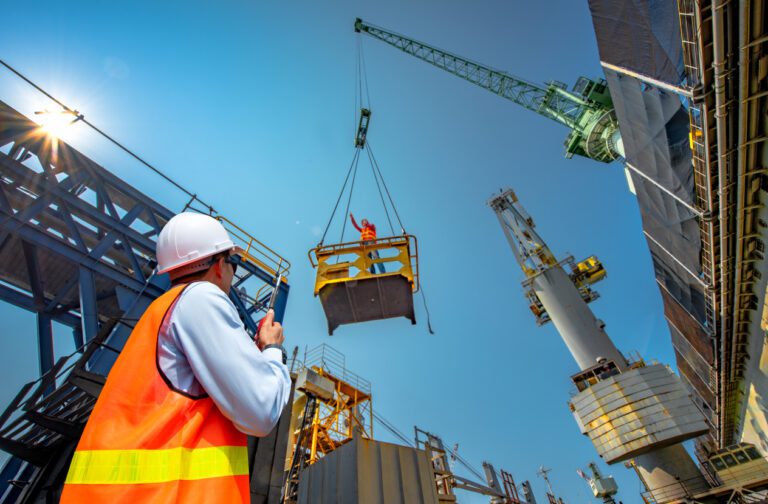You’ve done the initial hard work by hiring a solid team in a highly competitive labor market. How do you ensure that your employees stick around? By making your workers feel appreciated and highly valued. It starts with a solid safety training program that will help your employees feel prepared to identify and handle risks safely and confidently.
Here are the five top reasons that safety training not only helps keeps workers safe, it also boosts morale and retention.
1. Employees who feel valued are more likely to stick around.
Construction workers are aware they can get injured on the job. This is just something that comes with the risky nature of the profession. However, once they realize that managers value their safety, employees tend to be more invested in their jobs and also more productive. This is a win-win for everyone.
2. Workers prefer a safety culture.
When employees are provided with the latest construction health and safety training, it creates a welcome safety culture. If such training includes the opportunity to add qualifications to their name, it can also add value to their resumes and future prospects. People are more likely to join and stay at a company that’s known for protecting and empowering its workers than a business with a poor safety record.
3. Training at every level drives confidence.
Sometimes, employees change roles within an organization, such as a promotion. It’s also common for workers to transfer to a new construction project. Either way, they might face different safety risks or unfamiliar machinery. When employees know that thorough construction safety training awaits in their new role, they’ll be more confident and work more diligently from the start. This benefits companies as well, who can expect flexible workers capable of moving between different crews and responsibilities.
4. A well-trained workforce is highly prepared.
Construction projects often have tight deadlines, and this can put workers under stress to perform. When working under pressure, people tend to make risky decisions, sometimes with unfortunate results. However, safety training can make employees hesitate when they recognize that they are about to make a rash and potentially dangerous decision. Safety training can also prevent injuries and even save lives when employees have to react to an accident. Good training can keep people calm and allow them to respond and take the proper steps to handle the situation.
5. Safety training also benefits companies.
Besides workforce retention and minimizing the challenge of hiring talent in a competitive market, organizations with effective safety programs are also more likely to avoid the costly litigation of a workplace accident. This is no small issue. According to the National Safety Council, non-fatal injuries alone cost construction companies over $170 billion annually. Incorporating the latest safety training into programs also keeps companies current with federal safety standards, which are constantly being updated.
Ultimately, safety programs benefit everyone. While it protects human life, safety training also provides a culture of proactivity, preventing costly mistakes and delays while keeping everyone compliant. In a safe environment, workers and employers alike can focus on what matters — making sure that everyone gets home safely at the end of the day.

Leave a Reply